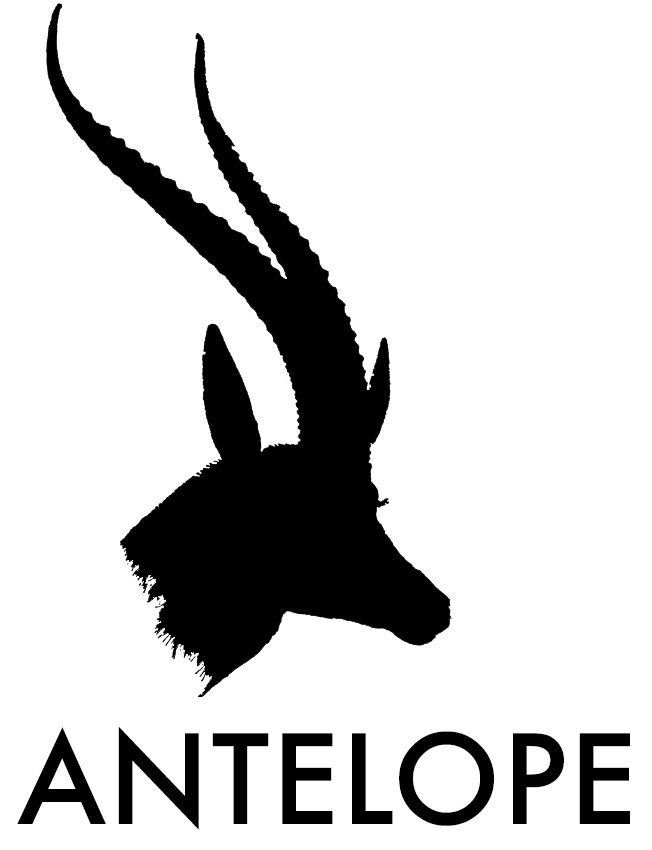Drawing the line between professional and personal
And of course there is also the admin of a new client – setting up contracts, NDAs, payment terms and nowadays a communication channel – whether that be Teams, Google Chat, Slack, Zoom or trad email.
Which got us thinking about ways we communicate B2B and how technology and new platforms are changing our tone of voice and language. With an estimated 78% of the population now using social media of some kind, dropping an opinion or a comment in no more than 280 characters is now as au fait as signing your name on a leaving card. Emojis are now part of not only the English language, but the global one, being able to express everything from extreme joy 😊 to dreaming about a holiday 🌴 and that’s before we go anywhere near aubergine and peach emojis. As our personal communication has surpassed the formal, how has this influenced our professional tete-a-tetes? And where do we draw the line between personal and professional when it comes to B2B comms?
It’s here we need to stop and think about who we are talking to. We know when we talk to friends, associates and people we know fairly well (whether that be in a work environment or not) there is a level of understanding about who we are. It is likely the person we are speaking to has known us for a while, might even have met us irl (in real life) and the tone we take in our written comms is on the back of this history.
Let’s take it a step further. What about those communications between an organisation and a consumer? This relationship often is between two people who might not have communicated before, or the conversation has been one way rather than equal sided. Would we expect someone to greet us familiarly and with a comms littered with emojis? In other parts of the world we know their language speaks their boundaries with “tu/vous”, the T-V distinction, that brings with it respect and an acknowledgement of the formality of a relationship.
So we need to take it back to our brand voice. How does the brand want to be positioned with its audience? And will its audience care about formalities of language? Challenger and disruption brands are obvious choices for those that might opt for a more casual approach – using direct to direct language and call to actions. But what about those more established traditional brands who need credibility and weight in their brand? Such as financial institutions? Does their tone need to differ and should their voice hold more metaphorical weight?
In our minds it goes back to the customer (it always starts and ends with the customer). And about segmenting your communications, your language and your tone of voice. Stick to your brand ethos and culture, be who you are, but as you would if you were talking to your customer face-to-face, take a relevant approach. That means tailoring your communications to that audience. That means socially listening to the way they speak to each other and instead of imposing your voice into the chatter, join their conversation. It means realising that we are all different, that diversity exists and that inclusion is the key to all comms.
New platforms of communication are a welcome break from threads of email, cc-ed in messages and spam that you don’t even have time to delete, let alone read. Yet these platforms need to be seen as channels rather than quicksteps to shortcut your comms. Remembering behind the aviator is a real person that you are either looking to or have a professional relationship with and your feed needs to reflect this dynamic.
Want to communicate with us? We are always open for an informal chat about how we can help you and your brand communicate with your audiences.
Image by: https://pixabay.com/ Miguel Á. Padriñán with thanks
